7 /10 1 Votes7
68% Metacritic Initial release date 19 November 2007 | 7/10 IGN Director(s) Makoto Miyanaga Composer(s) Kenta Nagata Series The Legend of Zelda | |||||||||||||||||||||||||||||||||
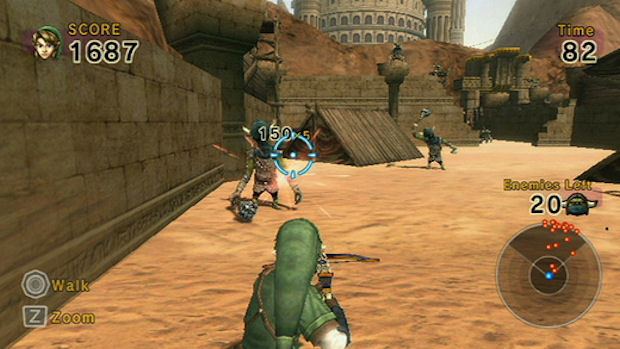 | ||||||||||||||||||||||||||||||||||
Mode(s) Single-playerMultiplayer Similar The Legend of Zelda games, Light gun games, Other games | ||||||||||||||||||||||||||||||||||
Classic game room hd link s crossbow training review wii
Link's Crossbow Training, known in Japan as Link's Bowgun Training (Japanese: リンクのボウガントレーニング, Hepburn: Rinku no Bōgan Torēningu), is a shooting video game developed and published by Nintendo for the Wii video game console. It was bundled with the Wii Zapper peripheral and was the first title to use it. The game was released in North America in November 2007, in Europe and Australia in December 2007, and in Japan in May 2008. It uses several environments, enemies, and other assets from The Legend of Zelda: Twilight Princess as stages for targets with various shootable background objects.
Contents
- Classic game room hd link s crossbow training review wii
- Zelda fps link s crossbow training
- Gameplay
- Development
- Reception
- Sales
- References
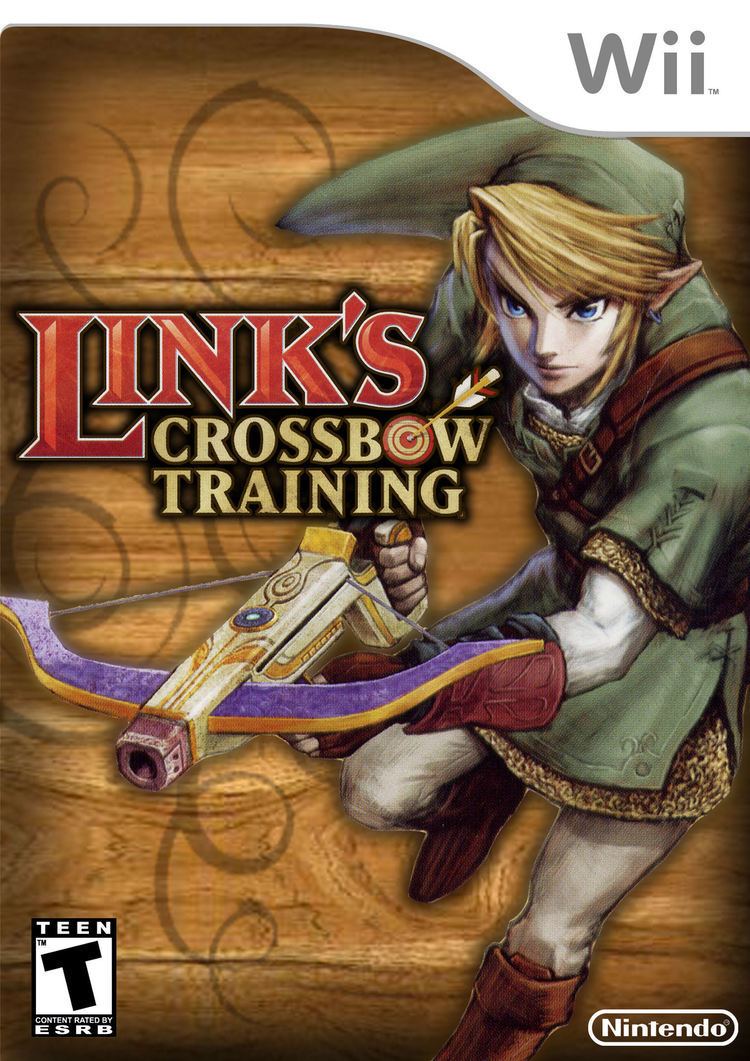
Zelda fps link s crossbow training
Gameplay
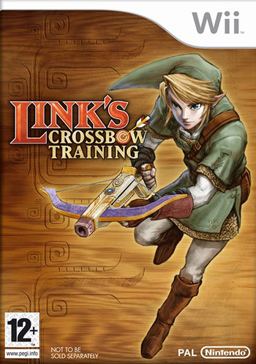
Link's Crossbow Training is set in a world in the style of The Legend of Zelda: Twilight Princess, and in the game the player assumes the role of the protagonist of The Legend of Zelda series, Link. To perfect Link's crossbow marksmanship, the player must pass a series of tests, starting with stationary bullseye targets, before moving onto moving targets and actual enemies. After every level, the player gets a medal depending upon their score. The types of medals range from bronze to platinum.
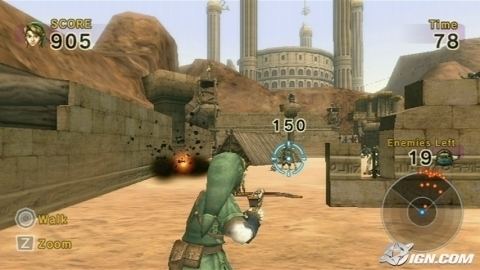
Link's Crossbow Training features 9 playable levels, and the goal in each is to achieve the highest score possible within the time limit. These levels are divided into three main gameplay styles.

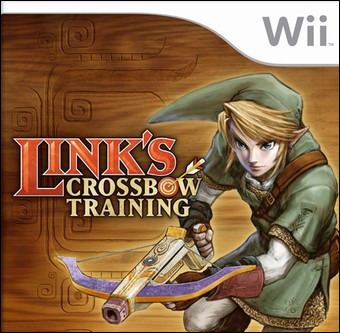
In some levels, Link battles bosses, most of them having weak spots that the player must hit. Link's Crossbow Training has a multiplayer mode, where players take turns competing for the highest score.
Development
Link's Crossbow Training was produced by Shigeru Miyamoto, Eiji Aonuma and Takashi Tezuka. The idea of a first-person The Legend of Zelda title started with The Legend of Zelda: Ocarina of Time, which Miyamoto wanted to develop in the first person; however, the inclusion of a child Link got in the way of this idea. Miyamoto also created the game to show Japanese gamers how fun the genre can be by bridging the gap between simple scrolling shooters and advanced shooters. It was also made with the intent of being a side-story to The Legend of Zelda: Twilight Princess, and make use of its vast overworld.
The development staff began work on the game's story, which Miyamoto intended to be an extra story based around Twilight Princess. However, the staff had been coming up with what could be better described as "epic tales" rather than "side stories". When Miyamoto revealed that he would not make the game with an "epic tale", much of the staff was shocked, saying it was like killing all of the ideas they had been working with until then. Some argued that they should not even do it, as it would be simply reusing existing software and selling it to the consumers. Miyamoto proposed that they make a working prototype and have test players give impressions of the game. If they did not like it, Miyamoto would stop development right there. Nintendo of America gathered together several die-hard The Legend of Zelda fans, who all reacted positively to the game. Reports from these test players were given to the development team daily, allowing them to tweak the game as they went along.
Miyamoto created a list of "don'ts" for the development team, including not incorporating anything unnecessary, not "making a movie", and making sure a player could be able to complete a stage within three minutes, so as to not discourage the player from trying to beat the level again if he or she fails. Miyamoto also told the developers to not get caught up in the rewards, letting the players focus on the "journey" first, and to not include any boss battles so the developers could focus on making the whole game entertaining rather than focusing on making bosses. Miyamoto eventually gave in after the developers insisted on there being three bosses in the game, although he reduced that to one to make them focus on making one "fabulous" boss battle instead of attempting to make three boss battles.
Choosing which game to use the Wii Zapper with proved to be difficult. Because the project was due to the ideas of The Legend of Zelda staff, Miyamoto wanted to be in the The Legend of Zelda universe, although some staff argued that giving Link a gun would be too strange. Miyamoto proposed a Terminator-style plot about a time warp to the future, but the idea was vetoed immediately. Miyamoto enjoyed the Hidden Village from Twilight Princess's spaghetti western theme, and recreated it so people could enjoy it in an FPS setting. He also thought using the Wii Zapper in a western theme would make it even more fun. The development team eventually settled for giving Link a crossbow. Despite crossbows being unable to do a rapid-fire effect, Miyamoto felt that because it is just for fun, they did it anyway.
The game was originally titled Introduction to Wii Zapper. However, the development team opted to change this, to avoid confusion with Introduction to Wii, the Japanese title of Wii Play. The team also did not want to call it something like The Legend of Zelda: Phantom Crossbow, as it would appear to be a grand-scaled sequel in The Legend of Zelda series, and they did not want it to be interpreted as such. They settled for Link's Crossbow Training in the end. On July 11, 2007, Nintendo announced during its E3 2007 media briefing that a new game would be bundled with the Wii Zapper accessory. It was not announced until the GameStop Expo in September 2007 that Link's Crossbow Training was that game. Nintendo's official announcement of this came on September 10, 2007.
Reception
Reviews were generally mixed. Nintendo Power stated "In the way that Link's Crossbow Training shows the potential of the zapper, it couldn't be much better." However, they criticized it for being "Just too darn short–you'll probably make it through the entire single-player mode in just over an hour (add another hour to get platinum medals on every stage)." IGN stated that the game was enjoyable, but agreed that it was too short. IGN's review also panned the Wii Zapper as actually "making the game more difficult" to play and generally frustrating to use.
Sales
By July 2008, the game had sold 194,849 copies in Japan. By September 2008, the game had sold 2.75 million copies worldwide. It was the 16th best-selling game and seventh best-selling Wii game of December 2008 in the United States. It was in the Top 10 on the best-selling Wii games list for nearly two years until being surpassed by Wii Sports Resort, Wii Fit Plus, and later New Super Mario Bros. Wii.
